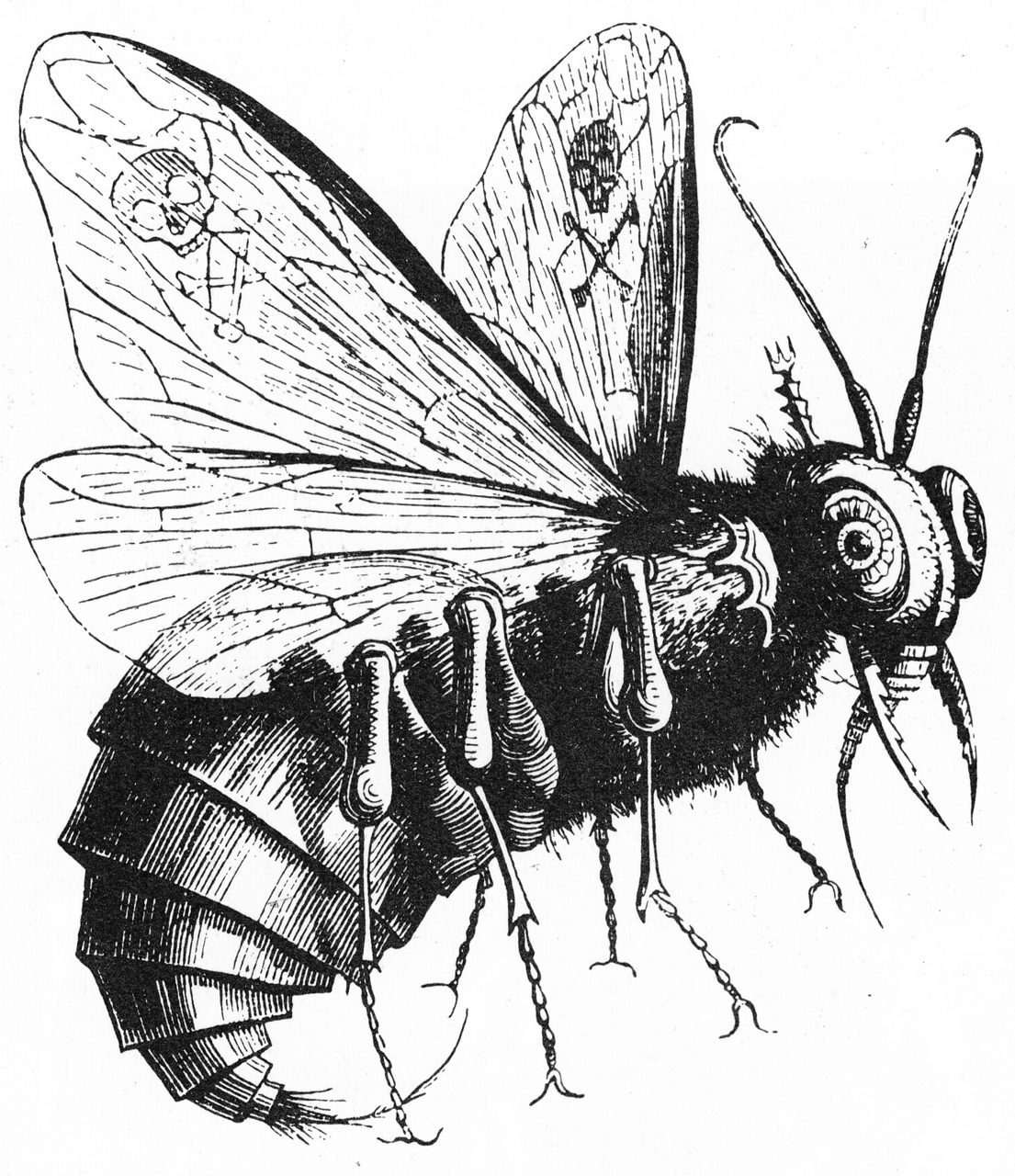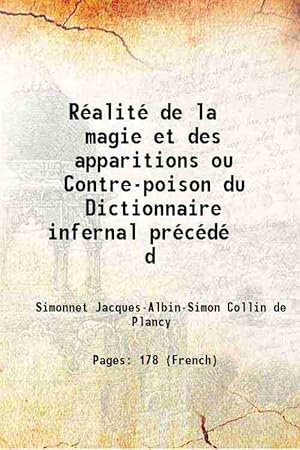
The preface authoritatively claimed that Collin de Plancy had “reconfigured his labors, recognizing that superstitious, foolish beliefs, occult sects and practices. By the Dictionnaire’s final edition of 1863, the publishers could assure the reader that the “errors” previously highlighted had now been eliminated, the catalogue now fully congruent with Catholic theology. As he labored at subsequent editions, however, the secular folklorist found himself more and more pulled in by the lure of demonology, a passion which would eventually lead him, by the 1830s, to enthusiastically embrace Catholicism.

When the Dictionnaire was first published in 1818, Collin de Plancy was a dutiful student of the new rationalism who set out to catalogue what he called “aberrations and germs or causes of errors”. it is easy to have him talk about creation”.Īstaroth is a convenient symbol for the oddity of Collin de Plancy’s Dictionnaire, for the demon represents a muddle of cultural forces: rationalism and superstition, systematization and the occult, the Enlightenment and the Romantic movement. Perhaps for Collin de Plancy, born almost two centuries later amidst the convulsions of revolution, the thin, reptilian demon with the aristocratic bearing still represented some of the dangers of the new learning, for Astaroth “willingly answers the questions he is asked about the most secret things, and. Michaelis’ Astaroth was a kind of hellish René Descartes, who drew the nuns and priests of Loudun astray with the pernicious promises of Epicureanism and invitations to “Do what thou wilt”. Not an entirely inappropriate connection, for the Dominican inquisitor Sebastian Michaelis, who classified the demons he encountered as an exorcist at the infamous monastery of Loudun in the seventeenth century, associated Astaroth with the new rationalist philosophies that were just being born in France.

Ignoring Astaroth’s claws and demon mount, his look of calculated intelligence could easily be that of one of the armchair intellectuals who dined with the philosophes of the Enlightenment Paris of Collin de Plancy’s youth. His face - described by Collin de Plancy as that of a “very ugly angel” - is rendered by le Breton as thin and effete, almost equine, with eyes dismissive and uncaring, a slight sneer of cold command. As depicted by the French artist Louis le Breton for his fellow countryman Jacques-Albin-Simon Collin de Plancy’s Dictionnaire infernal, Astaroth is a skinny man with reptilian claws punctuating long hands and feet, hobbled over on the back of a lupine demon sporting a massive pair of bat wings and a serpentine tail. There, between the entry for a seventeenth-century Anglican theologian named Assheton and one for the Levantine goddess Astarte, is the demon Astaroth.

Ed Simon explores the work and how at its heart lies an unlikely but pertinent synthesis of the Enlightenment and the occult. Astaroth, from the 1863 edition of Collin de Plancy’s Dictionnaire infernal / Īlthough Jacques Collin de Plancy’s Dictionnaire infernal, a monumental compendium of all things diabolical, was first published in 1818 to much success, it is the fabulously illustrated final edition of 1863 which secured the book as a landmark in the study and representation of demons.


 0 kommentar(er)
0 kommentar(er)
